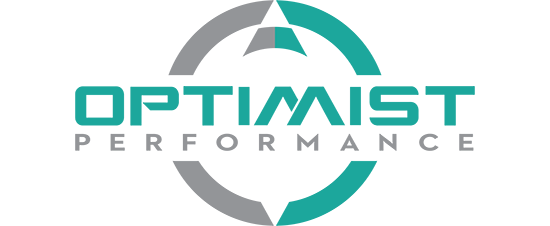In the ever-changing landscape of leadership expectations, the traditional model of executive presence (EP) is undergoing a transformation. Sylvia Ann Hewlett’s recent article, “The New Rules of Executive Presence,” sheds light on the shifts in leadership traits amidst the backdrop of a dynamic decade marked by pandemic, social movements, and technological advancements. As we delve into the key insights from the article, let’s explore how these evolving rules of EP align with the essential components of creating high-performance teams.
 Up-and-coming leaders often hear the advice that to land those high-ranking roles, especially in the C-suite, they’ve got to show some “executive presence” (EP). Traditionally, this boiled down to three things: having gravitas, nailing communication skills, and looking the part. But how have our ideals about EP changed over the past decade, and what are they today?
Up-and-coming leaders often hear the advice that to land those high-ranking roles, especially in the C-suite, they’ve got to show some “executive presence” (EP). Traditionally, this boiled down to three things: having gravitas, nailing communication skills, and looking the part. But how have our ideals about EP changed over the past decade, and what are they today?
Gravitas: Inclusiveness and Respect for Others. Traditionally dominated by confidence and decisiveness, gravitas now places a premium on inclusiveness and respect for others. For leaders creating high-performance teams, this signals a crucial shift towards fostering diverse and inclusive environments. Encourage team members to appreciate and support each other, ensuring everyone feels valued. MGM Resorts International’s “culture of yes” serves as an exemplary tactic, empowering employees and enhancing their work experience.
Communication: Zoom Mastery and “Listen to Learn” Orientation. The accelerated adoption of virtual communication has elevated the importance of Zoom mastery in the EP playbook. Developing leaders of high-performance teams should involve honing virtual communication skills. Additionally, the emphasis on a “listen to learn” orientation reflects the contemporary preference for leaders who prioritize understanding before deciding. Develop these traits within your team, fostering an environment where diverse perspectives are actively sought and valued.
Appearance: Authenticity in the “New Normal”. Authenticity emerges as a newfound treasure in the appearance category. Leaders are now expected to showcase who they fundamentally are, shunning outdated ideals. Getting the most out of your high-performance teams requires cultivating authenticity within team members. Encourage them to embrace their backgrounds, values, and unique strengths. Sundar Pichai’s adaptable yet professional style exemplifies dressing for the “new normal,” demonstrating the importance of aligning appearance with the evolving hybrid workplace.
Strategies for EP Development in Team Creation
- Deliver Informed Empathy: Drawing inspiration from MGM Resorts International, encourage leaders to understand and respond to the unique challenges faced by their team members. Informed empathy can enhance morale and foster a positive work environment.
- Hire and Utilise Diverse Talent: Following Dyson’s example, emphasise the value of a diverse workforce in driving disruptive innovation. Leaders building high-performance teams should actively seek out and leverage diverse talents to fuel creativity and success.
- Proactively Manage Virtual Meetings: Borrowing from Reginn’s CFO Rosa Gudmundsdottir, instil best practices for high-impact virtual meetings. Ensure that technical aspects are addressed, relevant materials are shared in advance, and everyone has an opportunity to contribute.
- Engage Eye-to-Eye: Encourage leaders to adopt a “listen to learn” orientation, drawing inspiration from Jørgen Vig Knudstorp’s approach at Lego. Actively seek insights from various stakeholders, both internal and external, to inform decision-making.
- Showcase Roots and Values: Taking a cue from Thasunda Brown Duckett, leaders should be encouraged to embrace and showcase their backgrounds and values. This authenticity fosters connection and understanding within the team.
Conclusion
The evolving rules of executive presence demand adaptability and a keen understanding of the current leadership landscape. For those coaching high-performance teams, it’s crucial to integrate these new elements into leadership development strategies. By aligning with the contemporary expectations outlined in Hewlett’s article, leaders can inspire their teams to greater achievements and contribute to the flourishing of their organisations in this dynamic era of leadership.


